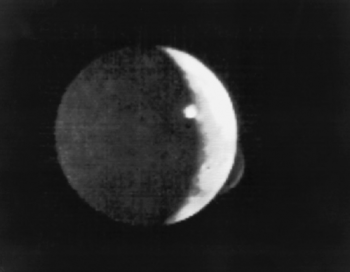Astronomers have discovered that a large number of dwarf galaxies are orbiting Andromedea in a flat plane, like our solar system, contrary to all predictions.
The uncertainty of science: Astronomers have discovered that a large number of dwarf galaxies are orbiting Andromedea in a flat plane, like our solar system, contrary to all predictions.
The study reveals almost 30 dwarf galaxies orbiting the larger Andromeda galaxy in this regular, solar system-like plane. The astronomers’ expectations were that these smaller galaxies should be buzzing around randomly, like bees around a hive. “This was completely unexpected,” said Geraint Lewis, one of the lead authors on the Nature publication. “The chance of this happening randomly is next to nothing.” The fact that astronomers now see that a majority of these little systems in fact contrive to map out an immensely large – approximately one million light years across – but extremely flattened structure, implies that this understanding is grossly incorrect. Either something about how these galaxies formed, or subsequently evolved, must have led them to trace out this peculiar, coherent, structure.
The uncertainty of science: Astronomers have discovered that a large number of dwarf galaxies are orbiting Andromedea in a flat plane, like our solar system, contrary to all predictions.
The study reveals almost 30 dwarf galaxies orbiting the larger Andromeda galaxy in this regular, solar system-like plane. The astronomers’ expectations were that these smaller galaxies should be buzzing around randomly, like bees around a hive. “This was completely unexpected,” said Geraint Lewis, one of the lead authors on the Nature publication. “The chance of this happening randomly is next to nothing.” The fact that astronomers now see that a majority of these little systems in fact contrive to map out an immensely large – approximately one million light years across – but extremely flattened structure, implies that this understanding is grossly incorrect. Either something about how these galaxies formed, or subsequently evolved, must have led them to trace out this peculiar, coherent, structure.

